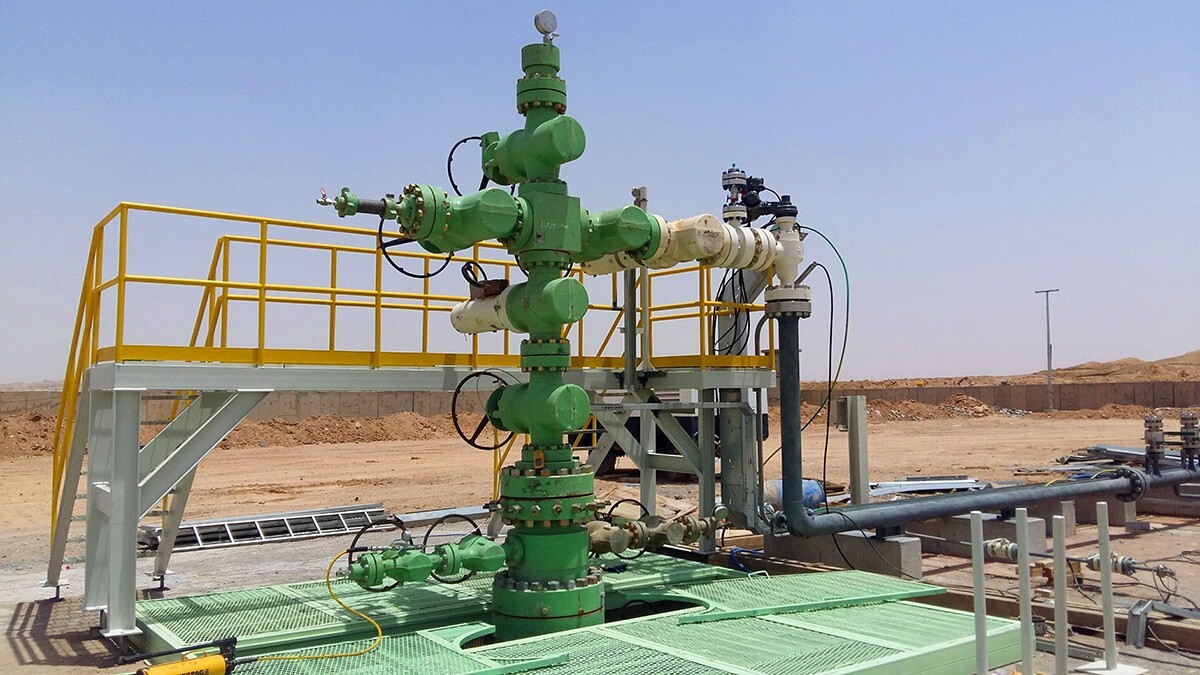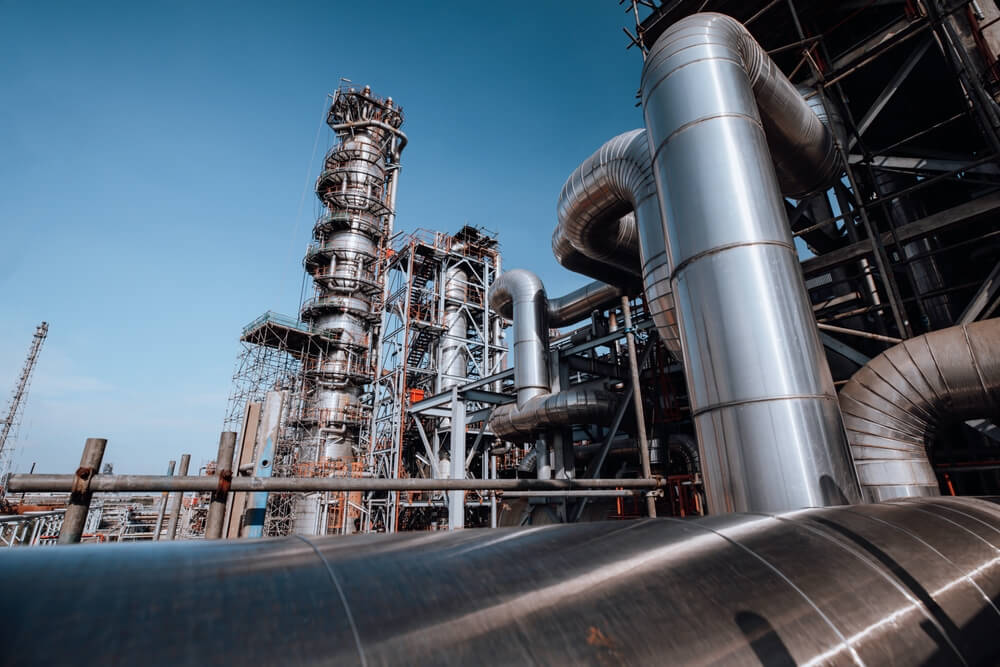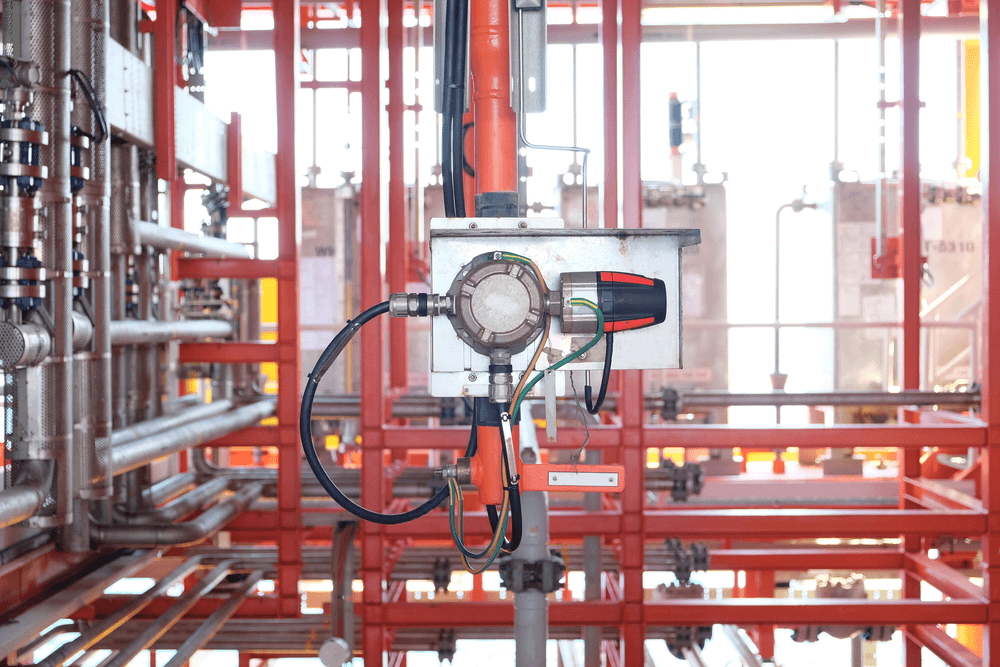Understanding Well Integrity: What It Is and Why It’s Important
Well integrity is about ensuring that a well remains safe, functional, and environmentally sound throughout its operation. From the drilling phase to production and eventual abandonment, maintaining well integrity ensures that harmful substances such as oil, gas, or chemicals do not leak into surrounding environments, including aquifers and the surface.
A well with compromised integrity can lead to a variety of serious problems:
- Environmental risks: Leaks or spills of oil or gas can contaminate land and water resources.
- Safety hazards: A well failure can cause explosions or fires, putting workers’ lives at risk.
- Financial losses: In addition to fines for environmental violations, repairing a damaged well can be very expensive.
By maintaining well integrity, companies can ensure safe operations, reduce environmental risks, and protect their investments.
Common Issues in Maintaining Well Integrity
There are several common issues that can compromise well integrity:
- Corrosion: The exposure of metal casing to water and gases can cause corrosion, weakening the well structure.
- Pressure fluctuations: Changes in the pressure within the well can lead to casing deformation or rupture.
- Seal failures: Poor seals between the wellbore and the formation can lead to leaks.
- Cementing problems: Poor cementing can allow gases or fluids to escape, affecting well integrity.
To address these issues, various detection technologies are used to monitor the well and prevent failures.
Key Detection Technologies Used in Well Monitoring
To keep a close watch on well integrity, companies rely on advanced detection technologies. These tools help monitor the condition of the well, detect problems early, and prevent failures before they occur. Some of the most common detection technologies include:
Acoustic Emission Monitoring
Acoustic emission monitoring is a technique that detects high-frequency sounds or vibrations produced by changes in the well structure. These emissions often occur due to corrosion, cracks, or pressure changes. Acoustic sensors placed on the well casing or surrounding structures can identify unusual noises and give operators an early warning of a potential failure.
Pressure and Temperature Sensing Systems
Pressure and temperature sensing systems are critical tools for monitoring well integrity. Changes in pressure or temperature can indicate problems such as gas leaks or formation damage. These systems use sensors placed at various points along the well to measure real-time data, allowing operators to detect abnormalities and respond quickly.
Casing and Tubing Inspection Tools
Casing and tubing inspection tools are used to detect damage to the casing or tubing inside the wellbore. These tools, such as electromagnetic or ultrasonic systems, can identify issues like corrosion, cracks, and wear that could compromise the well’s integrity. These inspection methods provide detailed images of the well’s internal condition, helping operators plan repairs before catastrophic failure.
Downhole Monitoring Systems
Downhole monitoring systems are placed directly in the wellbore to provide real-time data on the well’s conditions. These systems can measure pressure, temperature, and other vital signs within the well, providing a comprehensive view of the well’s performance. By continuously monitoring these parameters, companies can detect issues like gas migration or abnormal pressure changes that might indicate compromised integrity.
Best Practices for Managing Well Integrity
Proper management of well integrity is essential to avoid costly repairs and ensure safe operations. Here are some best practices that companies follow:
Preventive Maintenance and Regular Inspections
Preventive maintenance is one of the most effective ways to ensure well integrity. Regular inspections and maintenance of the well casing, tubing, and other components can catch minor issues before they become major problems. This includes tasks like:
- Cleaning and repairing casing: Regularly cleaning the casing to remove corrosion and repairing minor cracks.
- Routine pressure testing: Performing pressure tests on the well to detect leaks or weaknesses.
- Monitoring well production: Keeping an eye on production rates to identify abnormal changes that might indicate well integrity issues.
Using Advanced Detection Technologies
As we discussed earlier, various detection technologies are available to monitor well integrity in real-time. By using these systems, companies can track the condition of their wells more effectively and ensure that issues are detected early.
For example, using downhole monitoring systems combined with acoustic emission monitoring can give operators the most comprehensive data to manage well integrity. This data allows for immediate action if any changes are detected, helping to prevent accidents and avoid production downtime.
Training and Awareness
Ensuring that workers are trained in well integrity management is essential. A knowledgeable team is more likely to identify potential problems early and take action. Regular training on well integrity monitoring, repair techniques, and emergency response protocols can make a significant difference in maintaining the well’s integrity.
Challenges in Well Integrity: What the Industry Faces
Even with the best technologies and practices, maintaining well integrity can be challenging. Some of the main challenges include:
Environmental Factors Affecting Well Integrity
The environmental conditions surrounding a well can significantly impact its integrity. For example:
- Corrosive environments: Wells in regions with high levels of saltwater or acidic gases face a higher risk of corrosion.
- Geological factors: Earthquakes, soil erosion, and other geological factors can cause shifting in the ground, affecting the structural integrity of the well.
Companies must use specialized equipment and technologies to address these environmental challenges. For instance, wells located in highly corrosive environments may require extra protection, such as corrosion-resistant materials or coatings.
Technological Limitations and How to Overcome Them
While the technologies used to monitor well integrity are highly advanced, they are not without limitations. For example:
- Sensor accuracy: Sensors can sometimes give false readings, leading to inaccurate conclusions about well integrity.
- Equipment costs: Some of the most advanced monitoring systems can be expensive to install and maintain.
Despite these challenges, advancements in technology continue to improve the effectiveness of well integrity monitoring. Using a combination of multiple technologies (e.g., acoustic monitoring, pressure sensing, and casing inspection) helps minimize the risks associated with individual systems and provides more reliable data.
Conclusion
Well integrity is vital to the safety and success of oil and gas operations. By utilizing advanced detection technologies and following best practices for management, companies can maintain well integrity and prevent costly and dangerous failures. While challenges such as environmental factors and technological limitations exist, the industry continues to innovate, making well integrity management more efficient and effective.
Detection technologies such as acoustic emission monitoring, pressure and temperature sensing systems, and downhole monitoring tools play a crucial role in ensuring well integrity. When combined with preventive maintenance, regular inspections, and proper training, these technologies help companies protect their investments, safeguard workers, and minimize environmental impact.
For oil and gas companies, understanding and maintaining well integrity is not just a regulatory requirement; it’s a critical part of sustainable and safe operations. By embracing new technologies and best practices, companies can ensure that their wells remain in peak condition throughout their lifecycle.




